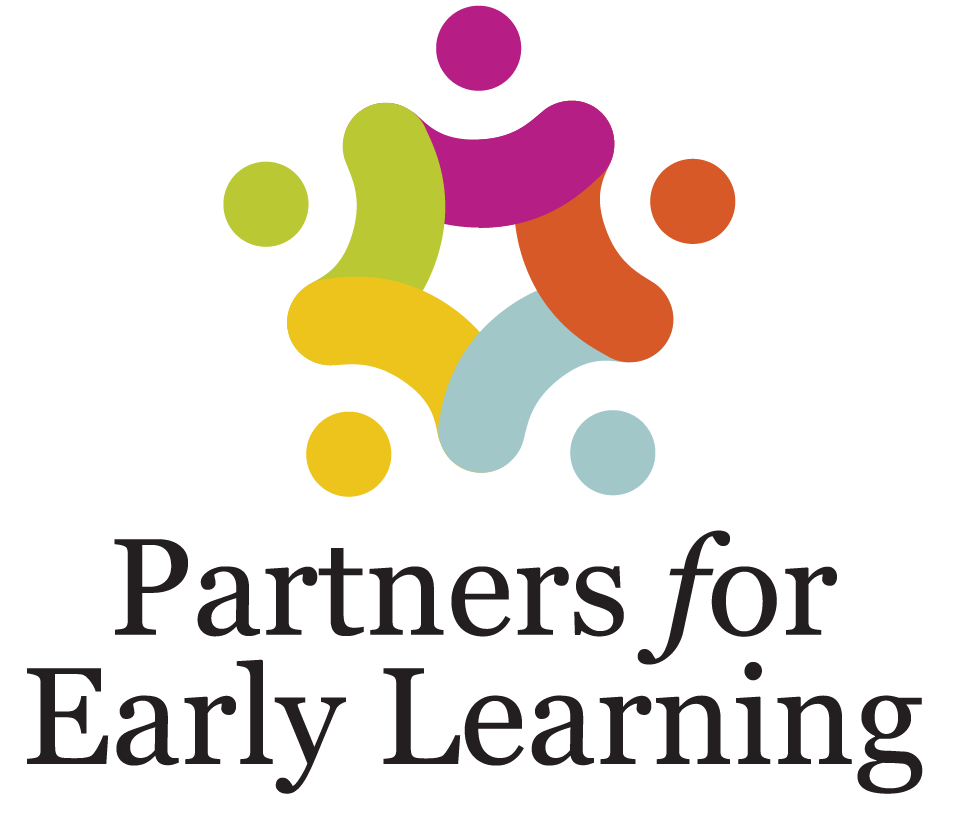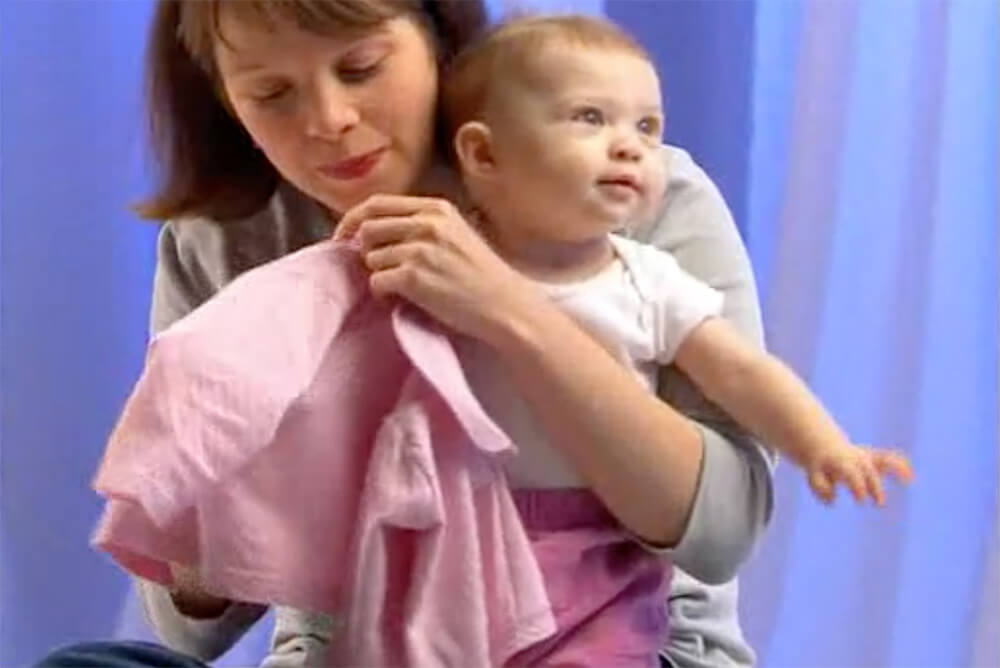How do you talk to your baby?
Would you say, “hellooooo, sweeeeetie! How’s my baaabeee? Such a pretty baaabeee.”
Does your voice go higher than normal? Do you repeat words? You wouldn’t talk to an adult this way or even a school-aged child. But talking to a baby is different. Slowing down your words and stretching out the sounds help your baby hear the sounds better. By saying “Helloooooo” you draw out the “o” sound so your baby can hear it perfectly. Talking this way helps teach your baby words and the sounds of language.
Babies love it.
Babies love hearing your voice move from high to low as you talk. Your baby will turn her head to hear your playful voice. She will look at your face and focus on your lips. Your baby listens closely to the sounds you make, even when she doesn’t know what the words mean. Your baby is taking in sounds and words from the day she is born.
It’s called “parentese.”
Researchers call this way of talking parentese. It’s different from “baby talk.” Baby talk is when you make sounds like “goo goo” or “gaa gaa,” but don’t use real words. Repeating these “goo goo” sounds back to babies is not bad. It can help them learn sounds.
But with parentese, you use real words, say them slowly, and make them fun with a more playful voice. This can help our baby learn sounds and words.
Helpful parenting tips
Many adults naturally talk to a baby with a higher voice and stretched-out words. Others might need a little practice. Just remember that talking this way helps your baby learn language. You are your baby’s first teacher, and helping your child learn language is a gift that lasts a lifetime.
- Talk to your baby throughout the day, pointing out and naming things.
- Repeat words over and over.
- Smile and make funny faces.
- Look at your baby’s face when you are talking.
- Talk slowly and use a playful, loving voice.
- Stretch out words and make your voice higher, but not necessarily louder.
- Use times like diaper changing, feeding, and bathing to tell your baby what you are doing.

